Peugeot Planning Return to US Market Under DS Brand

U.S. car shoppers are about to get a new brand to choose from.
That’s because French automaker Peugeot-Citroen is planning to bring its DS sub-brand to North America.
SEE ALSO: 10 Top Cars of the Paris Motor Show
News of Peugeot’s return to the U.S. have been circulating for years now and at this year’s Paris Motor Show, DS CEO Yves Bonnefont said “We want to make DS a global brand, and you cannot be global without the U.S.” The Peugeot brand left the U.S. in 1991 and a decision to make a return would come in 2017 at the earliest. If DS does decide to commence sales in the U.S., it wouldn’t begin until after 2020.
SEE ALSO: Paris Motor Show Coverage
Currently, none of the five models DS produces are compliant with U.S. federal standards but the company plans on producing six vehicles by 2022 and it is likely that if it decides to return to the U.S., some of those models will be designed and developed with U.S. compliance in mind. DS became a subbrand of Citroen in, 2010 but PSA decided to make it a stand-alone brand earlier this year.
GALLERY: Peugeot DS Divine Concept
[Source: Automotive News]
Discuss this story at our Peugeot forum

Jason Siu began his career in automotive journalism in 2003 with Modified Magazine, a property previously held by VerticalScope. As the West Coast Editor, he played a pivotal role while also extending his expertise to Modified Luxury & Exotics and Modified Mustangs. Beyond his editorial work, Jason authored two notable Cartech books. His tenure at AutoGuide.com saw him immersed in the daily news cycle, yet his passion for hands-on evaluation led him to focus on testing and product reviews, offering well-rounded recommendations to AutoGuide readers. Currently, as the Content Director for VerticalScope, Jason spearheads the content strategy for an array of online publications, a role that has him at the helm of ensuring quality and consistency across the board.
More by Jason Siu



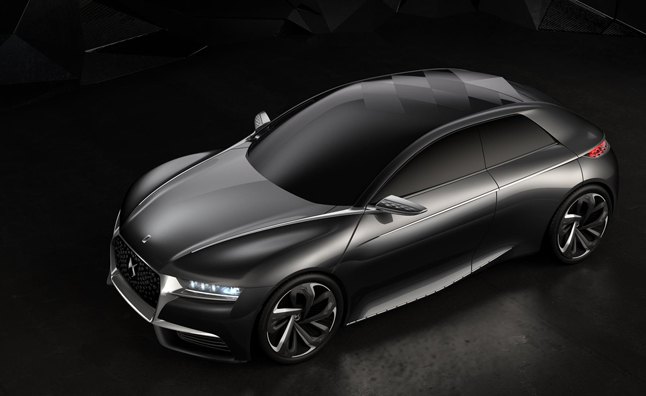















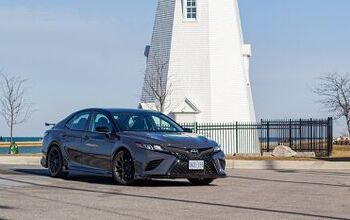


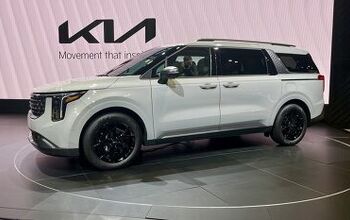
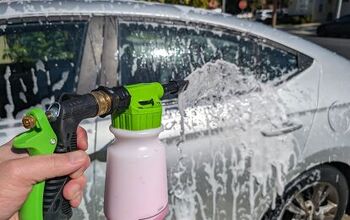


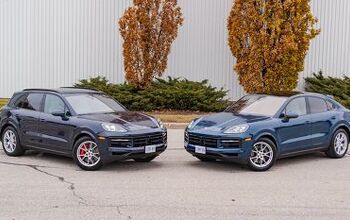

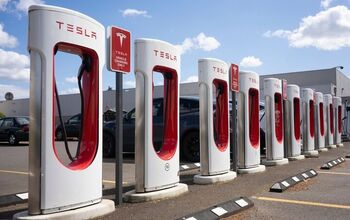



Comments
Join the conversation